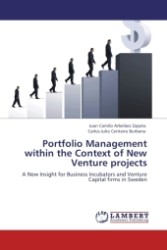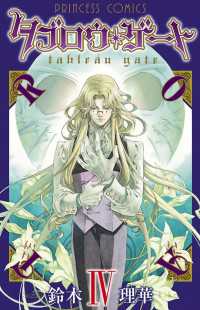Full Description
The Medicine Wheel built by Indigenous people acknowledges that ecosystems experience unpredictable recurring cycles and that people and the environment are interconnected. The Western science knowledge framework is incomplete unless localized intergenerational knowledge is respected and becomes part of the problem-definition and solution process. The goal of this book is to lay the context for how to connect Western science and Indigenous knowledge frameworks to form a holistic and ethical decision process for the environment. What is different about this book is that it not only describes the problems inherent to each knowledge framework but also offers new insights for how to connect culture and art to science knowledge frameworks. Read this book and learn how you can move beyond stereotypes to connect with nature.
Contents
Contents Preface Acronyms Chapter I. Indigenous Knowledge Framework and the Medicine Wheel 1.1 Bighorn Medicine Wheel Story 1.2 The Medicine Wheel: Non-linear Knowledge-forming Process Chapter II. What Is Needed to be a "Leader without Borders"? 2.1 My People's 9,400 Year Ancestral History 2.2 Becoming a "Leader without Borders": Interview of Dr. Mike Marchand Chapter III. How Do You Become "Cultured"? 3.1 Western European Culture: You Live it, You Wear it and You Eat it 3.2 Culture According to Indigenous People 3.3 Keeping Deep Culture in Two Worlds: Interview of Dr. Mike Tulee 3.4 Culture Defined by Nation-Level Melting Pots 3.5 Tribal Peoples' Cultural Context: Interview of JD Tovey 3.6 Cultural Foods and Food Security 3.7 Holistic Nature Knowledge not Decoupled from Nature and Religion 3.8 Languages and Indigenous People 3.9 What Is Your Real Name? Dr. Mike's Wolverine Encounter 3.10 Sports and Games Invented by American Indians Chapter IV. Western Science ≠ Indigenous Forms of Knowledge 4.1 Knowledge-forming Processes: Western Science ≠ Indigenous Ways of Knowing 4.2 How Knowledge Frameworks Address Scarcity of Land or Lack of Knowledge 4.3 The Challenge of Culture for Western Scientists 4.4 Traditional Knowledge: Native Ways of Knowing 4.5 Juxtaposition of Western and Traditional Knowledge 4.6 Who Are Trusted for Their Science Knowledge? 4.7 Women's Role in Passing Indigenous Knowledge Inter-Generationally: Interview of JD Tovey 4.8 Role of Environmental Economics in Environmental Justice 5.1 PNW U.S. Tribes and Leadership in Climate Change Planning 5.2 Tribes, Tribal Resources and Forest Losses 5.3 Today Better Forest Management on Tribal Lands Compared to Their Neighbors 5.4 Realities in Developing Resources on Reservations Chapter VI. Tribes, State and Federal Agencies: Leadership and Knowledge Sharing Dynamics 6.1 Tribal/Federal/State Cultural Resource Policy 6.2 Tribes and Washington State 6.3 Alaska Natives, Conservation and Policy Process 6.4 Federal Agency and Tribes: Continuing Challenges to Tribal Rights 6.5 Inter-Tribal Collaborations: Increase Tribal Role in Natural Resource Planning 6.6 Intra- and Inter-Governmental Affairs and Public Policy Process 7.1 Why We Need New Education Tool for Nature Literacy for the Masses 7.2 Massive Amounts of Fragmented Data in STEM Sciences 7.3 Critical Analysis Lacking in Environmental Education 7.4 Native People's Storytelling Practices to Communicate Holistic Science Chapter VIII. Learning Indigenous People's Way to Tell Circular Stories 8.1 Technology to Digitize Stories Part of Popular Culture 8.2 Digital Technologies Part of Popular Culture 8.3 Challenges in Communicating and Telling Circular Stories 8.4 Digitizing Native Stories without Pickling Culture: Interview of JD Tovey 8.5 Stories in Navajo Lands Chapter IX. Medicine Wheel: Moving beyond Nature, People and Business Stereotypes 9.1 When I Was a Young Boy 9.2 Communicating Indigenous Knowledge to the Masses 9.3 Medicine Wheel and Not Case Studies 9.4 "Fictional Tribe" as an Educational Tool to Teach How to Form Holistic Knowledge References Authors Contributing Authors Index







